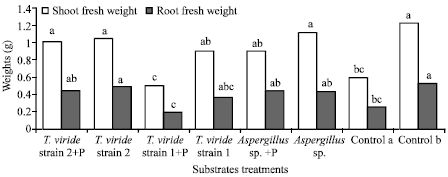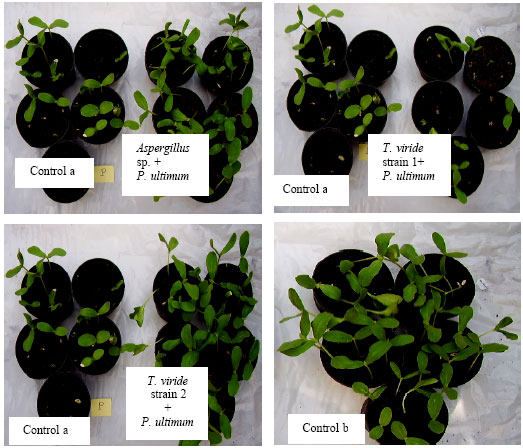Research Article
In vitro and in vivo Suppression of Pythium ultimum the Causal Agent of the Cucumber Damping-Off by Some Compost Fungi
Higher Agronomic Institute, Chott Mariem 4042-Sousse, Tunisia
Mejda Daami-Remadi
Regional Center of Research in Horticulture and Organic Agriculture, Chott Mariem 4042-Sousse, Tunisia
Neji Tarchoun
Higher Agronomic Institute, Chott Mariem 4042-Sousse, Tunisia
Mohamed Ben Khedher
Technical Center of Organic Agriculture, Chott Mariem 4042-Sousse, Tunisia











